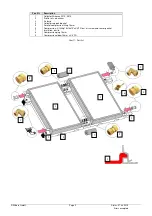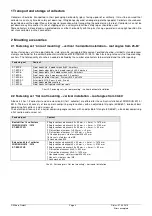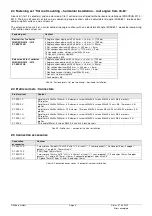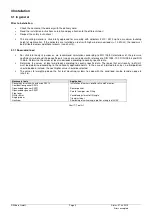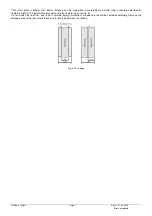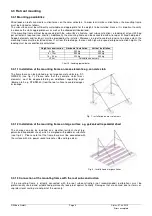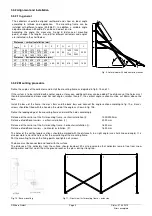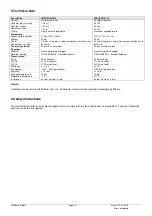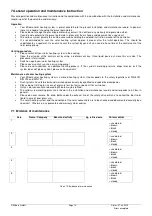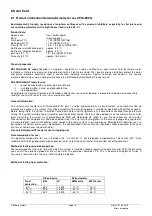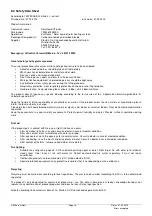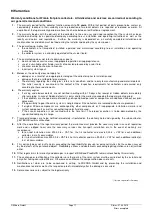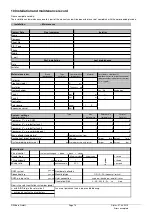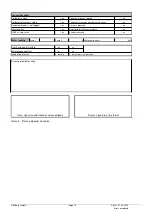
© Wikora GmbH
Page 8
Status: 27.04.2015
Errors excepted.
3.3 Flat roof mounting
3.3.1 Mounting possibilities
Wind loads on roofs can create suction forces on the solar collectors. In order to minimize suction forces, the mounting frame
must be installed as follows.
The subsurface must be sufficiently sustainable and appropriate for the weights to be installed. Hence, it is important to verify
in advance the static appropriateness as well as the allowed distributed load.
If the mounting frame will not be connected with the subsurface (structure, roof sub-construction), a loading of at least 200 kg
per collector is required (see chart 8). Additionally, the mounting frame can be connected with wire-ropes at fixed hold points.
Support elements and fasteners must be provided by the installer. Moreover, in order to avoid wind noise to a large extent, the
mounting frame must be installed at least 1 m from the roof edge. In areas with high wind speed or big construction heights, the
loading must be unconditionally calculated.
Height of construction
Horizontal installation
Vertical installation
0 – 5m
200 kg
300 kg
5 – 10 m
250 kg
350 kg
10 – 20 m
300 kg
400 kg
> 20 m
Calculation necessary
Chart 8 : Loading per collector
3.3.1.1 Installation of the mounting frame on mass elements e.g. concrete slab
The frame base can be installed e.g. on large concrete slabs (e.g. ST-
GWE-20) (see fig. 7). Please note that the concrete slabs (mass
elements) must be degenerated by an additional separating layer
(bitumen felt, e.g. ST-BSM-40) from the roof surface to avoid damages
or leakage.
Fig. 7 : Installation on mass elements
3.3.1.2 Installation of the mounting frame on large surface e.g. galvanized trapezoidal sheet
The charge can also be installed on a weather-resistant sheet (e.g.
galvanized trapezoidal sheet) which is weighed with pebble or substrate
(see fig. 2). Please note that the frame base must be connected with
the surface with min. power socket wrenches M8 and large discs.
Fig. 8 : Installation on large surfaces
3.3.1.3 Connection of the mounting frame with the roof sub-construction
If the mounting frame is directly connected with the roof sub-construction (not recommended), perforations must be
professionally sealed and established permanently leak proof against humidity. Damages that are caused due to storms or
unprofessional sealing are not part of the warranty.


